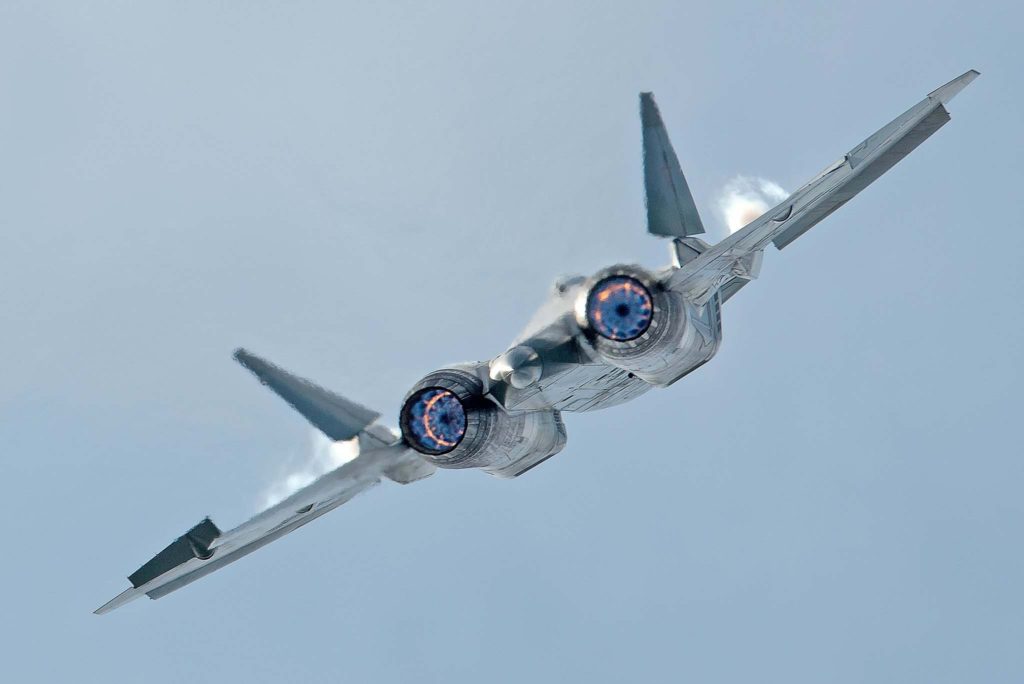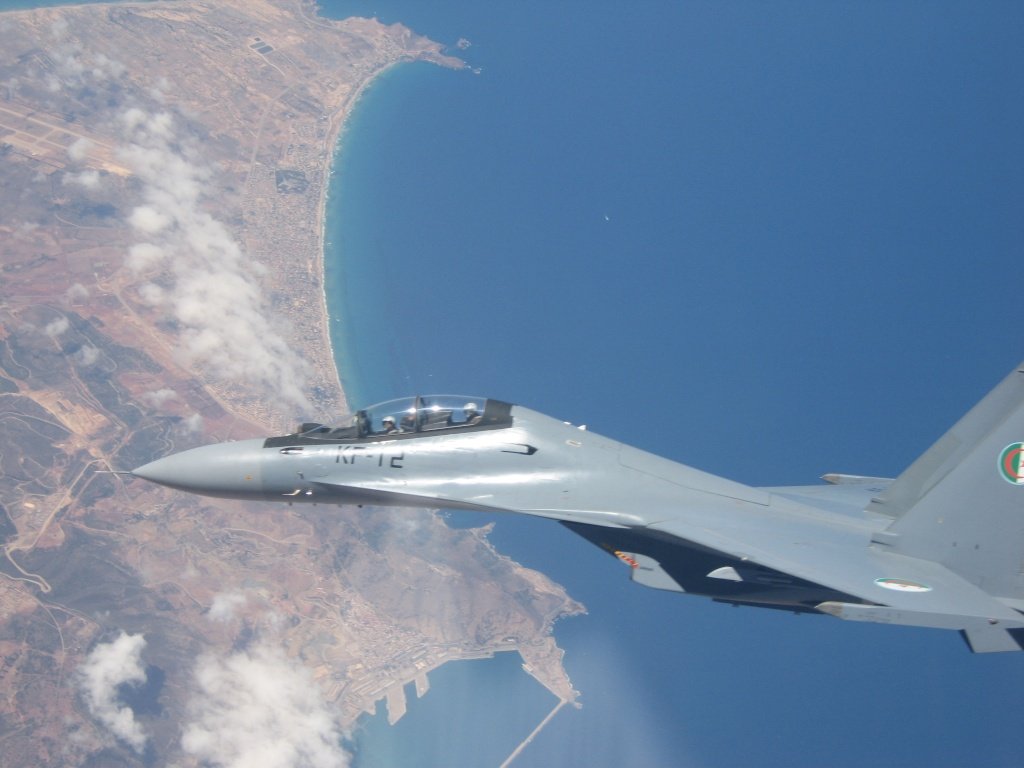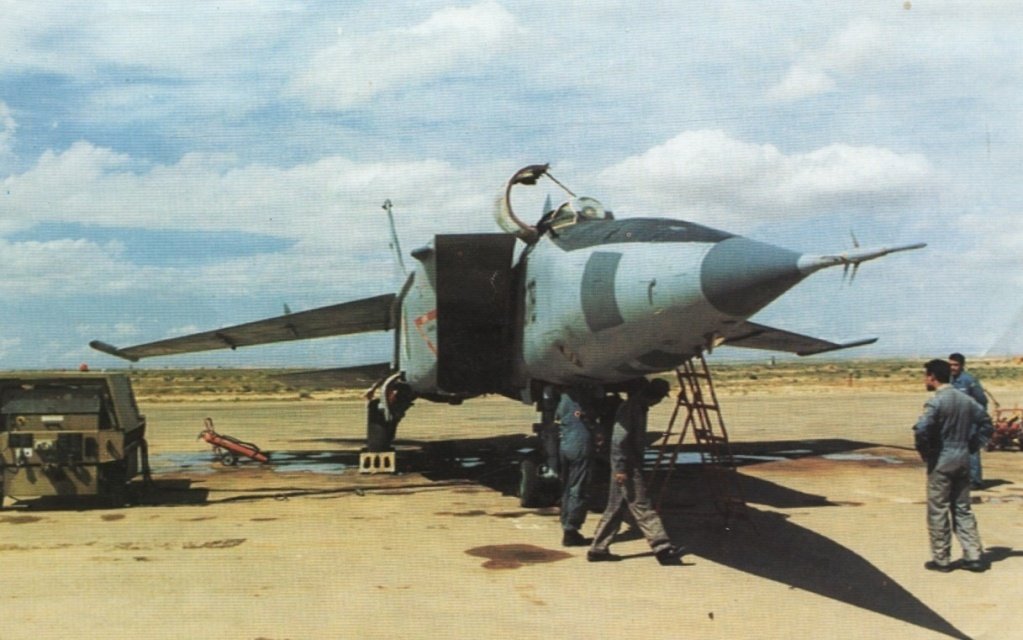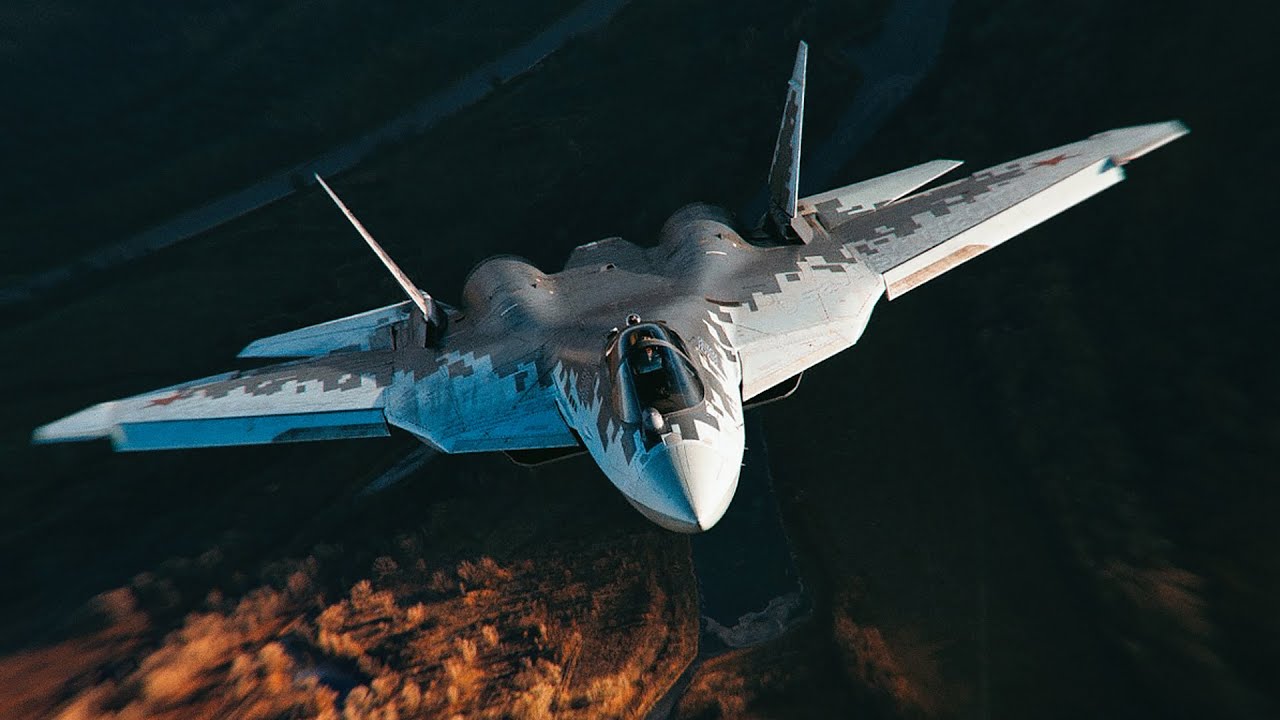Recently, according to Russian media reports, Russia and Algeria reached an agreement on a $2 billion arms sales contract. According to the agreement, Russia will supply Algeria with a total of 14 export models of the fifth-generation Su-57 stealth fighters, the Su-57E, starting from 2025.
This is the first export order obtained by the Russian Su-57 fifth generation fighter, and the agreement was reached without the large-scale equipment of the Russian Air Force.
In this regard, there will inevitably be several questions: Why did Algeria choose to purchase Russian-style fifth-generation fighters? Why did Russia use it for export before its air force was equipped with Su-57 stealth fighters?
The strong strength brought by oil and gas exports
Referring to Algeria, it is our usual impression that it is a North African Arab country on the Mediterranean coast. What remains in the modern history of the world is the eight-year-old and extremely tragic war of liberation in Algeria. In fact, Algeria is the largest country in Africa in terms of territorial size, and its economy is also the fourth largest among African countries, after South Africa, Nigeria and Egypt.
Similar to other Arab countries in the Middle East and North Africa, the pillar industries of Algeria’s national economy are oil and gas. Algeria has the fifteenth largest oil reserves in the world, and the fifth highest natural gas reserves in the world and the second largest natural gas exporter in the world (Russia at the top of the list).
Therefore, although Algeria may not be comparable to Saudi Arabia, the United Arab Emirates and other countries in the Middle East in terms of overall economic strength, the pressure to purchase a $2 billion Su-57E fighter is still not great.
Moreover, Algeria has maintained high military spending in recent years, basically accounting for about 5% of annual GDP. For example, in 2016, Algeria’s defense budget reached an alarming $10.6 billion. After that, although Algeria’s defense budget decreased due to the collapse of oil prices and the decline of GDP, there was still $9.6 billion in 2018.
Therefore, Algeria has long been one of the countries with the highest military expenditure among African countries. If we consider that the number of Algerian regular troops in active service is only 130,000, it is indeed unusual for such a high military expenditure. Based on the per capita military expenditure of the active troops, Algeria can almost be compared with Saudi Arabia, the United Arab Emirates and other “Middle Eastern tycoons”.

The relationship between the two sides is not good.
Algeria’s high military spending to procure advanced weapons and equipment troops all year round is mainly due to the relatively unfavorable geopolitical environment in the country. To the west of Algeria is Morocco, which has a long-standing territorial dispute with it.
The territorial problems between Algeria and Morocco originated from the “fussiness” and arbitrary demarcation of the border during the French colonial period.
After Morocco and Algeria became independent from French colonial rule in 1956 and 1962, they failed to reach agreement on the demarcation of the border, and even a fierce territorial war broke out in 1963.
Today, of the 1,350 kilometers of border between the two countries, only 165 kilometers have been approved by both sides. Since 2013, the border line actually occupied by the two countries has been closed for a long time due to the continuous tension of border issues. Therefore, the primary “imaginary enemy” of Algeria’s powerful army is the Moroccan army.
Except for Morocco, the old enemy to the west, Algeria’s east is not peaceful. Libya has allied with Morocco to deal with Algeria as early as Gaddafi’s rule. Because Libya, like Morocco, has a territorial dispute with Algeria.
Gaddafi claimed that the province of Ilizi in southeastern Algeria, which originally belonged to Libya, once shouted for the recapture of this land covering an area of nearly 110,000 square kilometers by force. Of course, Gaddafi is also rich in oil and gas resources in Algeria’s least densely populated province.
With the fall of Gaddafi’s government in 2011, Libya entered a continuous turmoil. Naturally, Algeria will not miss this great opportunity to begin to intervene more deeply in the Libyan civil war.
According to the current situation, Algeria and Turkey jointly support the Libyan government army, and its enemy is the Libyan National Army and its supporter, Egypt.
If Egypt sends troops to help the Libyan National Army, the possibility that Algeria will also send troops into Libya to support the government forces cannot be ruled out. At that time, Libya’s protracted civil war is likely to turn into a direct scuffle between the military powers around the Mediterranean Sea.

Equipment system mainly based on Russian weapons
Morocco, the strong enemy in western Algeria, also has a strong army, equipped mainly with American and French weapons, including the M60A3TTS main battle tank, the M113 armored personnel conveyor, the F-16 Block50/52 fighter, and the AMX10-RC wheeled aircraft. Tank destroyers and “Mirage” F1 fighters. In addition, Morocco has also used its good diplomatic relations with other countries in recent years to import a large number of advanced ground weapons and equipment, including VT-1A main battle tanks, FD-2000 medium-range anti-aircraft anti-missile system and TL-50 medium-range air defense system.
Since Morocco has the support of Western countries behind it, Algeria will naturally look for the backstage, which is Russia. At present, the Algerian Air Force and the Army basically build an equipment system with Russian-made weapons as the main body. The main force of the Algerian Air Force is 58 Su-30MKA heavy multi-purpose fighters and 16 Jacques-130 trainers/attack aircraft.
The Algerian Air Force has more Russian-made weapons, including 800 T-90AM main battle tanks, 300 BMPT-72 tank support vehicles, 40 “Armor”-S1 artillery integrated air defense systems, 8 S-300PMU2 medium-range anti-range anti-missile systems, and 4 sets of “Iskander” -E Tactical Ballistic Missile System and 42 Mi-28 Heavy Attack Helicopters. Therefore, according to the equipment system of the Algerian army, it is not surprising that it chooses to continue to purchase advanced Russian-made fighters.
So, was the Su-57E the fighter that Algeria originally wanted to purchase? In fact, it’s not. Until then, Algeria had been interested in Russia’s so-called 4++ generation Su-35 and also wanted Su-34 front-line bombers.
However, Russia is still very cautious about the export of Su-34 front-line bombers. After all, it is a “super fighter” capable of carrying up to 9 tons of ammunition. Any country that owns the aircraft will gain amazing long-range accurate strike capabilities on land and sea. The export of the Su-35 is not so worried. After all, it is a product that Russia actively promotes to various countries.
However, one thing happened that caused Algeria to quickly change its mind, abandoning the Su-35 and the Su-34 and deciding to purchase the Su-57E, which is the Russian delivery of the first Su-35 fighter to Egypt not long ago.
At present, the strength of the Egyptian Air Force is beyond the reach of the Algerian Air Force: the main active force is equipped with 228 F-16C/D and 18 Mirage-2000 fighters, and the ordered 24 Gusts and 26 Su-35 fighters are also being delivered.
Thus, even if Algeria purchases Su-35 fighters from Russia, it is completely unable to compete with the Egyptian Air Force. Therefore, Algeria hopes to purchase more advanced Su-57E to offset a considerable number of advanced fighters of the Egyptian Air Force with the performance advantage formed by technological substitution.

Su-57 mass production needs start-up funds
For Russia, it has actually become a common trick to take advantage of the tension between one two countries and sell weapons to both sides at the same time.
Moreover, when one of them sees that their opponents have obtained Russian-made weapons, they often buy more advanced models from Russia to counter them, as in Algeria and Egypt.
Although the $2 billion contract for the sale of 14 Su-57Es includes expenditure on supporting weapons, spare parts, training, support and other projects, it also sets a new record for the unit price of Russian fighter jet exports. With oil prices still sluggish, this “big amount of money” can largely solve Russia’s urgent needs.
In addition, the mass production plan of the Russian Air Force equipped with the fifth generation Su-57 fighters has also been approved. According to the plan, the Russian Air Force should receive at least 32 Su-57 fighters by 2025.
Well, at this critical moment, the Komsomolsk-on-Amur Aircraft Manufacturing Plant urgently needs a valuable fund to start mass production preparations for Su-57 fighters. Obviously, this order from Algeria has played such an important role.
Moreover, by 2025, under the premise that the Russian Air Force has taken the lead in equipping a batch of Su-57 fighters, the Komsomolsk City Aircraft Manufacturing Plant on the Amur River will also have a certain surplus capacity to produce fighters ordered by Algeria.



